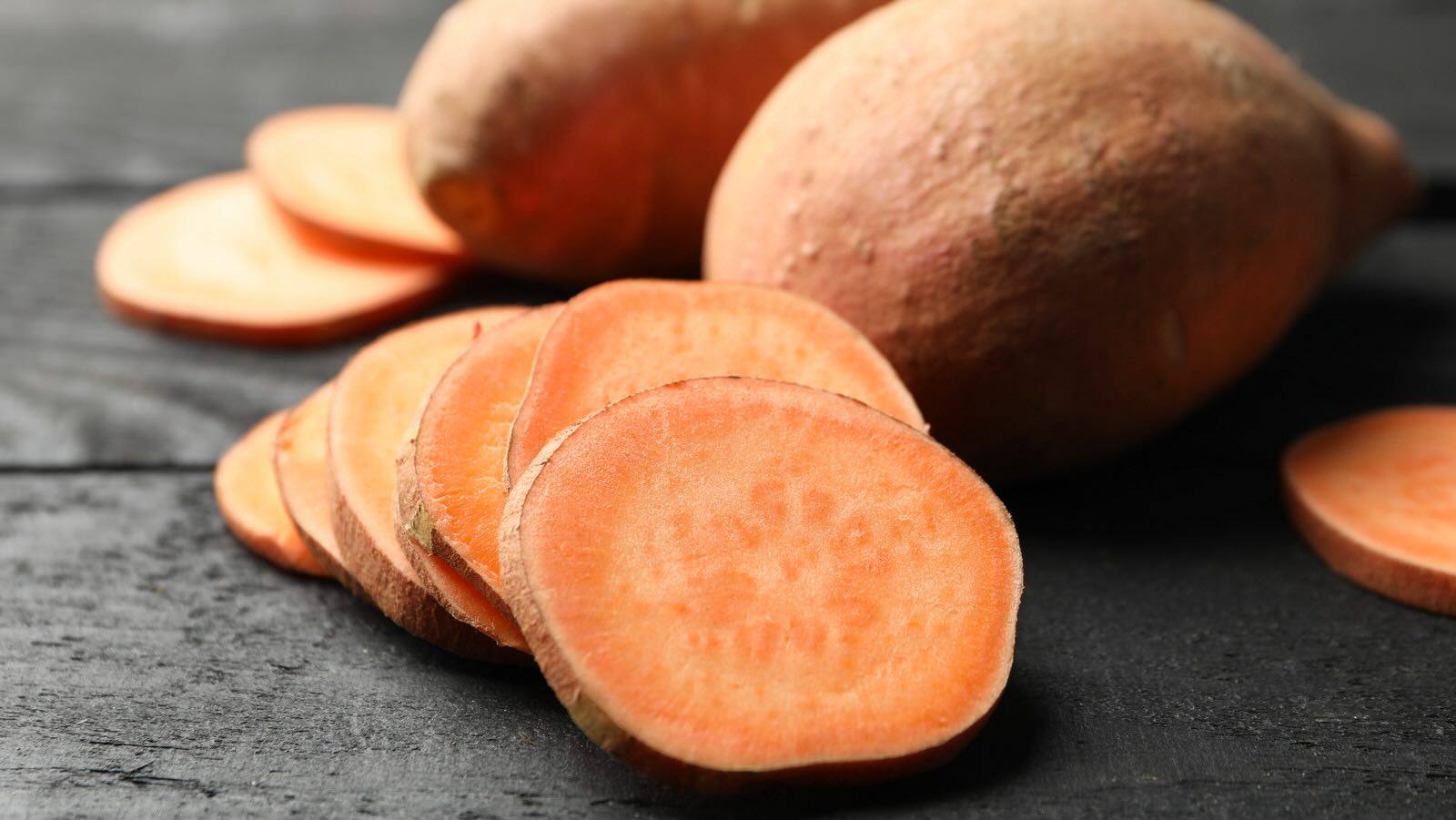

Articles
How To Store Sweet Potatoes In Fridge
Modified: January 18, 2024
Learn the best way to store sweet potatoes in the fridge to keep them fresh and flavorful. Read our articles for expert tips and tricks.
(Many of the links in this article redirect to a specific reviewed product. Your purchase of these products through affiliate links helps to generate commission for Storables.com, at no extra cost. Learn more)
Introduction
Welcome to the world of sweet potatoes! These versatile root vegetables are not only delicious but also packed with essential nutrients that make them a popular choice for many households. However, keeping sweet potatoes fresh and flavorful can be a challenge, especially if you buy them in bulk or grow them in your garden. In order to prolong their shelf life and maintain their quality, storing sweet potatoes in the fridge is a wise choice.
In this article, we will explore the reasons why storing sweet potatoes in the fridge is beneficial, as well as provide you with some tips and tricks to ensure they remain fresh and tasty for as long as possible.
Key Takeaways:
- Storing sweet potatoes in the fridge helps retain their texture, flavor, and freshness, while minimizing the risk of spoilage. Proper preparation and storage containers are key to maximizing their shelf life.
- To extend the shelf life of sweet potatoes, keep them cool, avoid direct sunlight, handle with care, and store different varieties separately. Be mindful of signs of spoilage to ensure safe consumption.
Read more: How To Store Boiled Potatoes In Fridge
Why Store Sweet Potatoes in the Fridge?
Storing sweet potatoes in the fridge offers several advantages that can help extend their shelf life and maintain their quality:
- Slowing down the sprouting process: Sweet potatoes are alive and continue to undergo natural processes, including sprouting. By storing them in the fridge, you can slow down the sprouting process and prevent the growth of unwanted sprouts.
- Retaining their texture and firmness: Sweet potatoes stored in the fridge tend to maintain their texture and firmness better compared to those stored at room temperature. This is important, especially if you plan on using them for baking, roasting, or making crispy sweet potato fries.
- Minimizing moisture loss: The cool temperature and controlled environment of the fridge help reduce moisture loss in sweet potatoes. This helps to preserve their natural moisture content, preventing them from becoming dry and shriveled.
- Preserving the flavor: Storing sweet potatoes in the fridge can help preserve their natural sweetness and flavor. This is particularly beneficial if you enjoy eating them as a standalone side dish or as a key ingredient in various recipes.
- Reducing spoilage: Sweet potatoes are susceptible to spoilage caused by mold, bacteria, and incorrect storage conditions. By keeping them in the fridge, you can minimize the risk of spoilage and prolong their overall freshness.
While storing sweet potatoes in the fridge is a great option for preservation, it’s important to note that they may become slightly more susceptible to cold temperatures. Sweet potatoes are best stored at a consistent temperature between 55-60°F (13-15°C), which mimics their ideal storage conditions in a root cellar. However, for most households, the fridge provides a convenient and suitable option for storing sweet potatoes.
Now that we understand the benefits of storing sweet potatoes in the fridge, let’s explore how to properly prep them before storage.
Prepping Sweet Potatoes for Storage
Properly preparing sweet potatoes before storing them in the fridge is crucial to ensure their longevity and quality. Here are the steps to follow:
- Clean and dry: Start by gently scrubbing the sweet potatoes under running water to remove any dirt or debris. It’s essential to dry them thoroughly using a clean kitchen towel or paper towels. Excess moisture can lead to spoilage, so make sure they are completely dry before moving on to the next step.
- Cure the sweet potatoes: Curing is a process that helps sweet potatoes develop their desirable flavor and texture. Place the cleaned and dried sweet potatoes in a well-ventilated area with high humidity and a temperature around 80-85°F (27-29°C) for about 10 days. This step is optional but highly recommended for optimal flavor and longevity.
- Inspect for any damage: Before storing, carefully inspect the sweet potatoes for any signs of damage or decay. Remove any potatoes that are bruised, soft, or have mold growth. It’s important to only store the ones that are in good condition to prevent spoilage.
- Avoid washing: Unlike other vegetables, sweet potatoes should not be washed after curing. Washing them after curing can remove the protective coating that helps preserve their freshness and moisture.
Once you’ve prepped the sweet potatoes, it’s time to decide on the right storage container.
Choosing the Right Storage Container
When it comes to storing sweet potatoes in the fridge, choosing the right storage container plays a key role in maintaining their freshness and quality. Here are some options to consider:
- Perforated plastic bags: One common and convenient option is to use perforated plastic bags. These bags allow for proper air circulation, preventing excess moisture buildup while still retaining some humidity. Make sure to poke a few holes in the bags before placing the sweet potatoes inside.
- Paper bags: Another option is to use paper bags, which also provide good air circulation. Paper bags absorb any excess moisture and help to prevent the sweet potatoes from becoming too damp. Remember to keep the bags loosely closed and store them in the crisper drawer of your fridge.
- Storage containers with ventilation: If you prefer a more durable and reusable option, consider using storage containers with ventilation. These containers generally have perforated lids or built-in ventilation systems that allow air to circulate while still providing protection from excessive moisture.
Whichever storage container you choose, it’s important to place the sweet potatoes in a single layer rather than stacking them. This ensures proper air circulation and minimizes the risk of uneven ripening or bruising.
Now that you have the proper storage container, let’s explore the best way to store sweet potatoes in the fridge.
Store sweet potatoes in the fridge by placing them in a perforated plastic bag to maintain humidity. Keep them in the vegetable crisper drawer to prevent sprouting and maintain freshness.
Storing Sweet Potatoes in the Fridge
Now that you’ve prepped your sweet potatoes and chosen the right storage container, it’s time to store them in the fridge. Here’s how:
- Place in the crisper drawer: The crisper drawer in your fridge provides an ideal environment for storing sweet potatoes. It offers a slightly higher humidity level and helps maintain a more consistent temperature.
- Keep away from other produce: Sweet potatoes release a natural gas called ethylene, which can speed up the ripening process of nearby fruits and vegetables. To prevent this, store sweet potatoes separately from other produce items.
- Avoid washing or covering: It’s best to avoid washing sweet potatoes after curing and refrain from covering them tightly. This allows for proper air circulation and prevents excess moisture buildup, which can lead to spoilage.
- Check regularly: It’s a good practice to check your stored sweet potatoes regularly for any signs of spoilage or sprouting. Remove any potatoes that show signs of decay to prevent the spread of mold or bacteria to other potatoes.
- Use within a reasonable time: While storing sweet potatoes in the fridge can help extend their shelf life, it’s important to remember that they are perishable and should be consumed within a reasonable time frame. Aim to use them within 1-2 months for best quality.
By following these storage guidelines, you can enjoy fresh and delicious sweet potatoes whenever you’re ready to use them. But how can you further extend their shelf life? Let’s explore some tips for that.
Read more: How To Store Cut Potatoes In Fridge
Tips for Extending Shelf Life
Here are some additional tips to help you further extend the shelf life of your stored sweet potatoes:
- Keep them cool: Sweet potatoes are best stored at a cool temperature, ideally between 55-60°F (13-15°C). If your fridge has temperature settings, adjust it to this range to maintain their freshness and texture.
- Avoid direct sunlight: Exposure to direct sunlight can cause sweet potatoes to spoil quickly. Store them in a dark and cool location in your fridge, away from any windows or areas that receive direct sunlight.
- Don’t wash before storage: As mentioned earlier, it’s important to avoid washing sweet potatoes after curing. This helps preserve the natural protective coating that helps in keeping them fresh for longer.
- Handle with care: Sweet potatoes are delicate and can easily bruise or become damaged. Handle them gently during the storage process to prevent any unnecessary injury or spoilage.
- Store different varieties separately: If you have multiple varieties of sweet potatoes, it’s best to store them separately. Each variety may have slightly different storage requirements, and separating them can help maintain their individual qualities.
- Avoid storing near strong odors: Sweet potatoes can absorb odors from strong-smelling foods, affecting their flavor. Keep them away from items like onions or garlic, which may transfer their aroma to the sweet potatoes.
- Consider freezing: If you have an abundance of sweet potatoes and want to extend their shelf life even further, you can consider freezing them. Peel, cut into cubes or slices, blanch, and store in airtight freezer bags or containers for later use in soups, stews, or other dishes.
By implementing these tips, you can maximize the freshness and quality of your stored sweet potatoes, allowing you to enjoy them for an extended period.
Now, let’s discuss how to identify signs of spoilage in sweet potatoes.
Signs of Spoilage
Although properly stored sweet potatoes can have an extended shelf life, it’s important to be aware of the signs of spoilage to ensure you consume them while they are still safe to eat. Here are some indicators that your sweet potatoes may have spoiled:
- Mold or unusual discoloration: If you notice any mold growth on the sweet potatoes or if they develop an unusual discoloration, such as dark spots or patches, it’s a clear sign that they have spoiled. Discard them immediately to prevent the spread of mold.
- Slimy texture: Spoiled sweet potatoes may develop a slimy or mushy texture. If they feel overly soft or sticky, it’s an indication that bacterial growth has occurred, rendering them unsuitable for consumption.
- Foul odor: A strong, unpleasant odor emanating from the sweet potatoes is a clear sign of spoilage. If they have an off-putting smell, it’s best to discard them as they may be contaminated with bacteria or other harmful microorganisms.
- Sprouting or shriveling: While it’s normal for sweet potatoes to sprout, excessive sprouting can indicate that they are past their prime. Additionally, if the sweet potatoes have shriveled or become wrinkled, it’s a sign that they have lost moisture and their quality has deteriorated.
If you come across any of these signs of spoilage, it’s best to err on the side of caution and discard the affected sweet potatoes. Consuming spoiled sweet potatoes can lead to foodborne illness and should be avoided.
Now that you’re equipped with knowledge on how to identify spoiled sweet potatoes, let’s conclude our article.
Conclusion
Storing sweet potatoes in the fridge is a practical and effective way to prolong their shelf life and maintain their quality. By following the proper steps to prepare and store them, you can enjoy fresh and flavorful sweet potatoes for an extended period.
Keeping sweet potatoes in the fridge offers several benefits, including slowing down the sprouting process, retaining their texture and firmness, minimizing moisture loss, preserving their flavor, and reducing the risk of spoilage. The crisper drawer of your refrigerator provides an ideal environment for storing sweet potatoes, while perforated plastic or paper bags can help maintain proper air circulation and prevent excess moisture buildup.
Remember to handle sweet potatoes with care, inspect them regularly for signs of spoilage, and consume them within a reasonable time frame. Avoid washing them after curing and store them separately from other produce items to prevent the spread of ethylene gas.
By implementing the tips for extending shelf life mentioned in this article, you can further prolong the freshness of your sweet potatoes. And if you happen to have an abundance of sweet potatoes, freezing them can be a great option for preserving them for future use.
Lastly, be aware of the signs of spoilage, such as mold growth, slimy texture, foul odor, and excessive sprouting or shriveling. If you notice any of these signs, it’s best to discard the sweet potatoes to avoid foodborne illness.
Now that you’re equipped with the knowledge and techniques for storing sweet potatoes in the fridge, you can confidently enjoy their delicious flavor and reap the nutritional benefits they offer. So go ahead, stock up on sweet potatoes, and store them wisely to enhance your culinary adventures with this versatile root vegetable.
Frequently Asked Questions about How To Store Sweet Potatoes In Fridge
Was this page helpful?
At Storables.com, we guarantee accurate and reliable information. Our content, validated by Expert Board Contributors, is crafted following stringent Editorial Policies. We're committed to providing you with well-researched, expert-backed insights for all your informational needs.

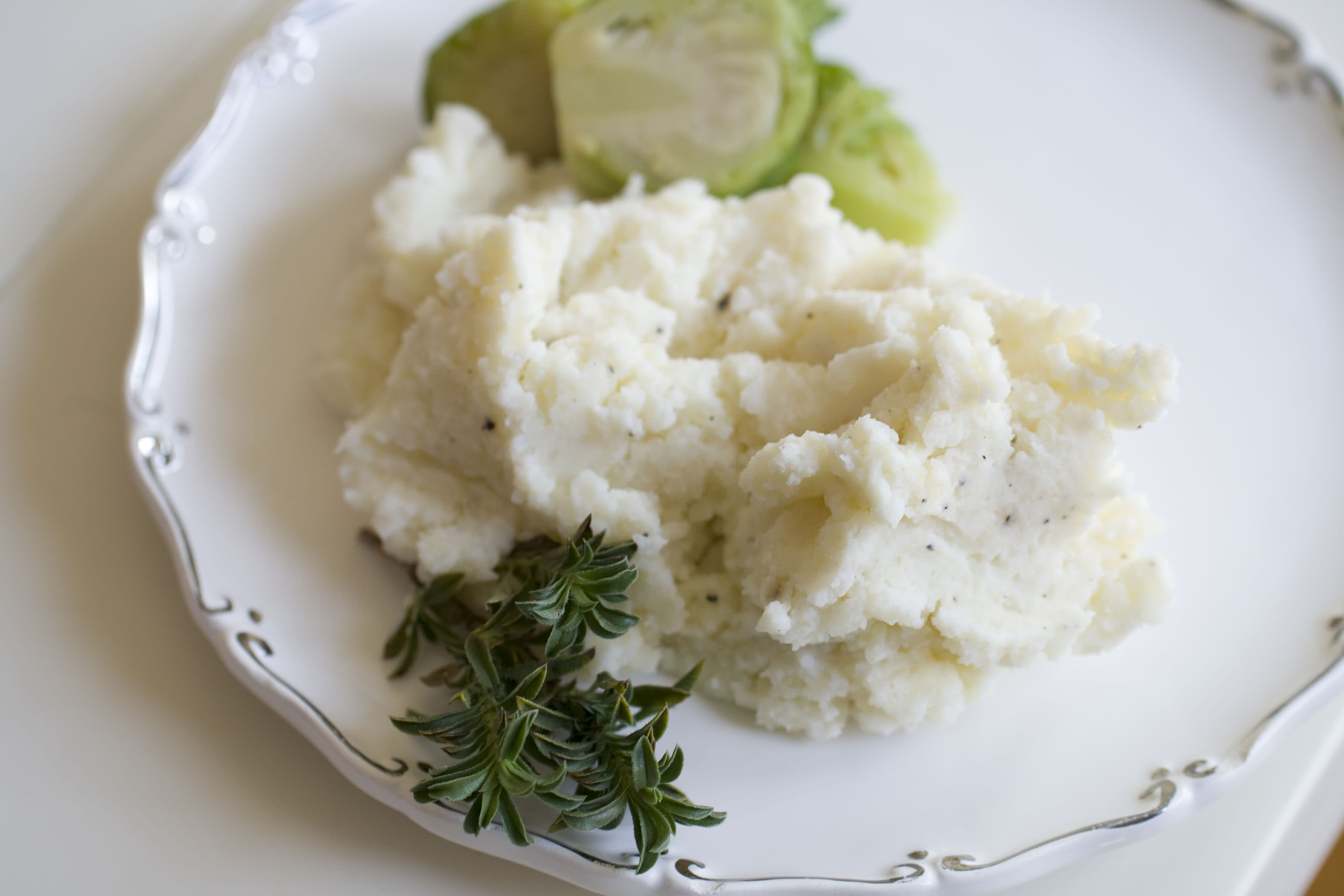
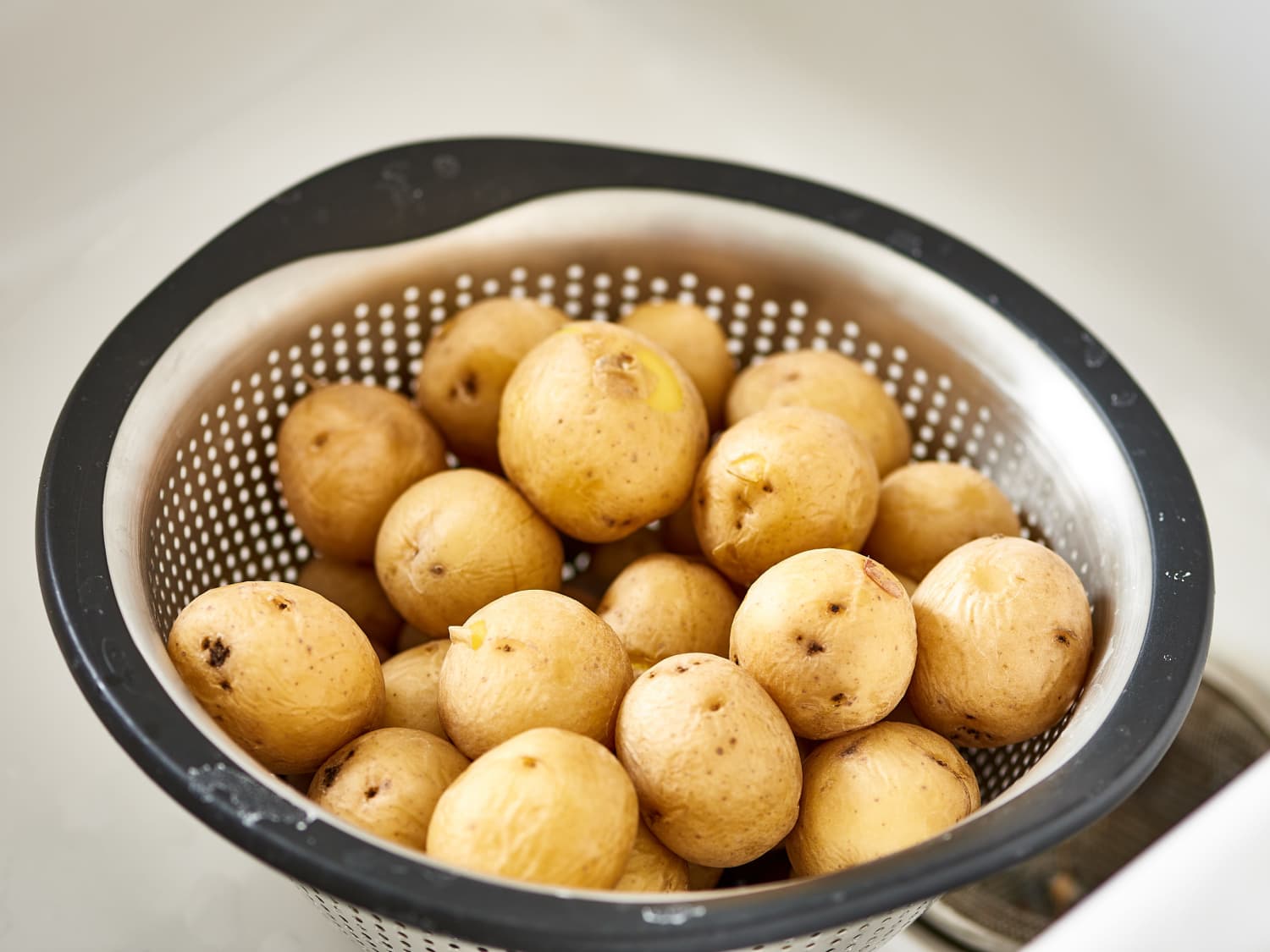
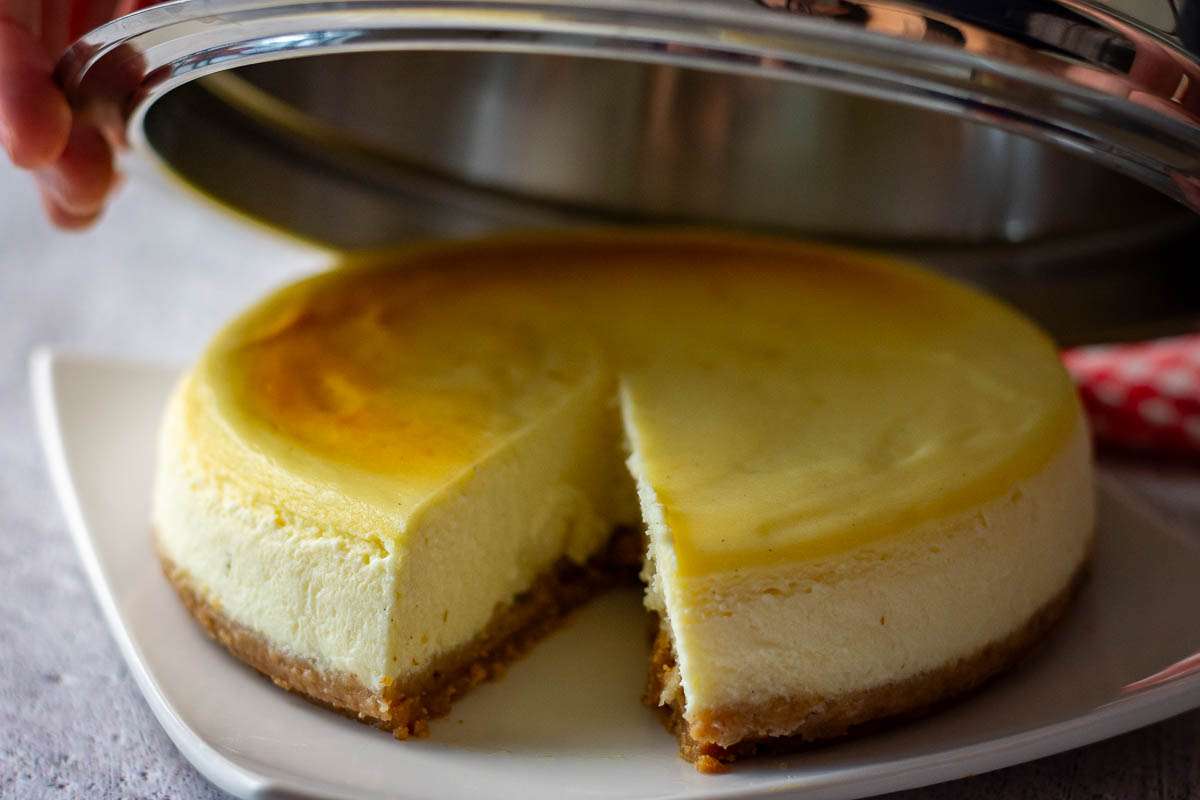
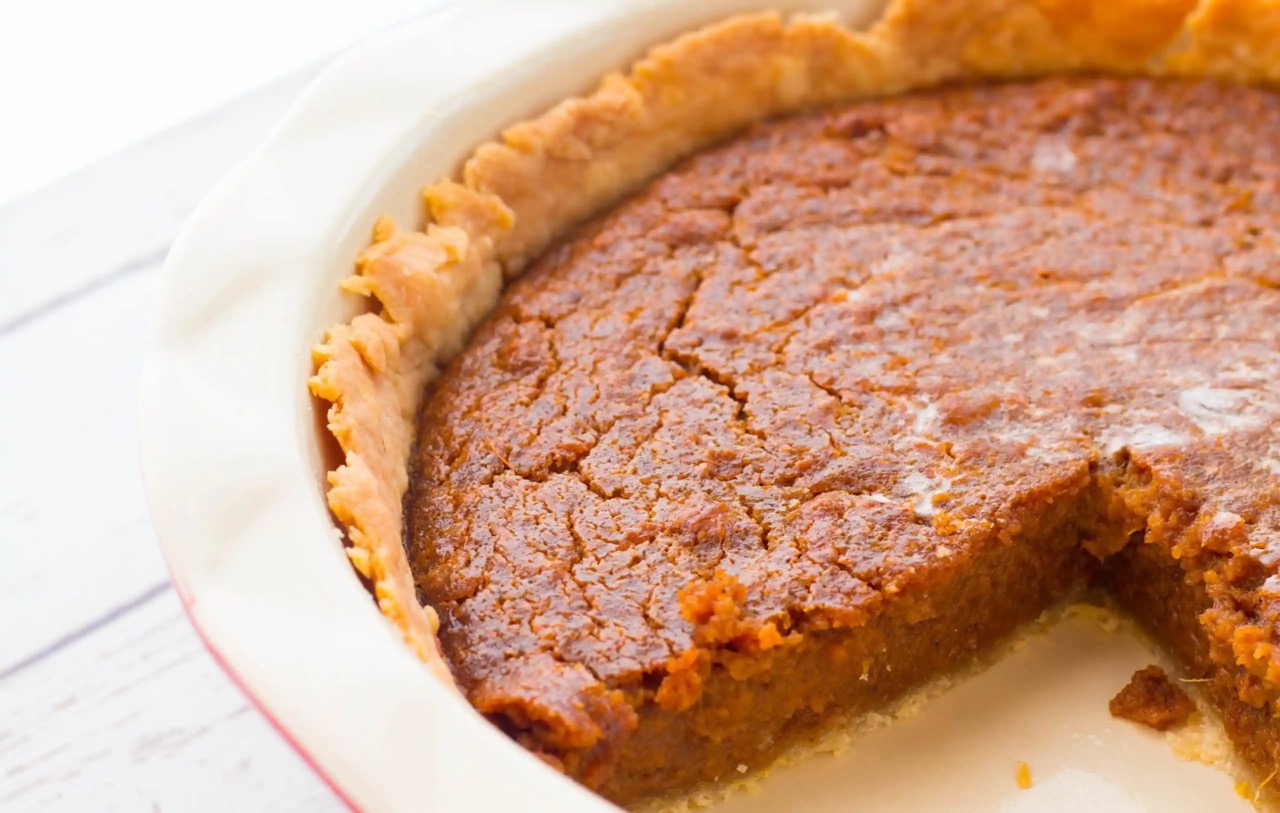
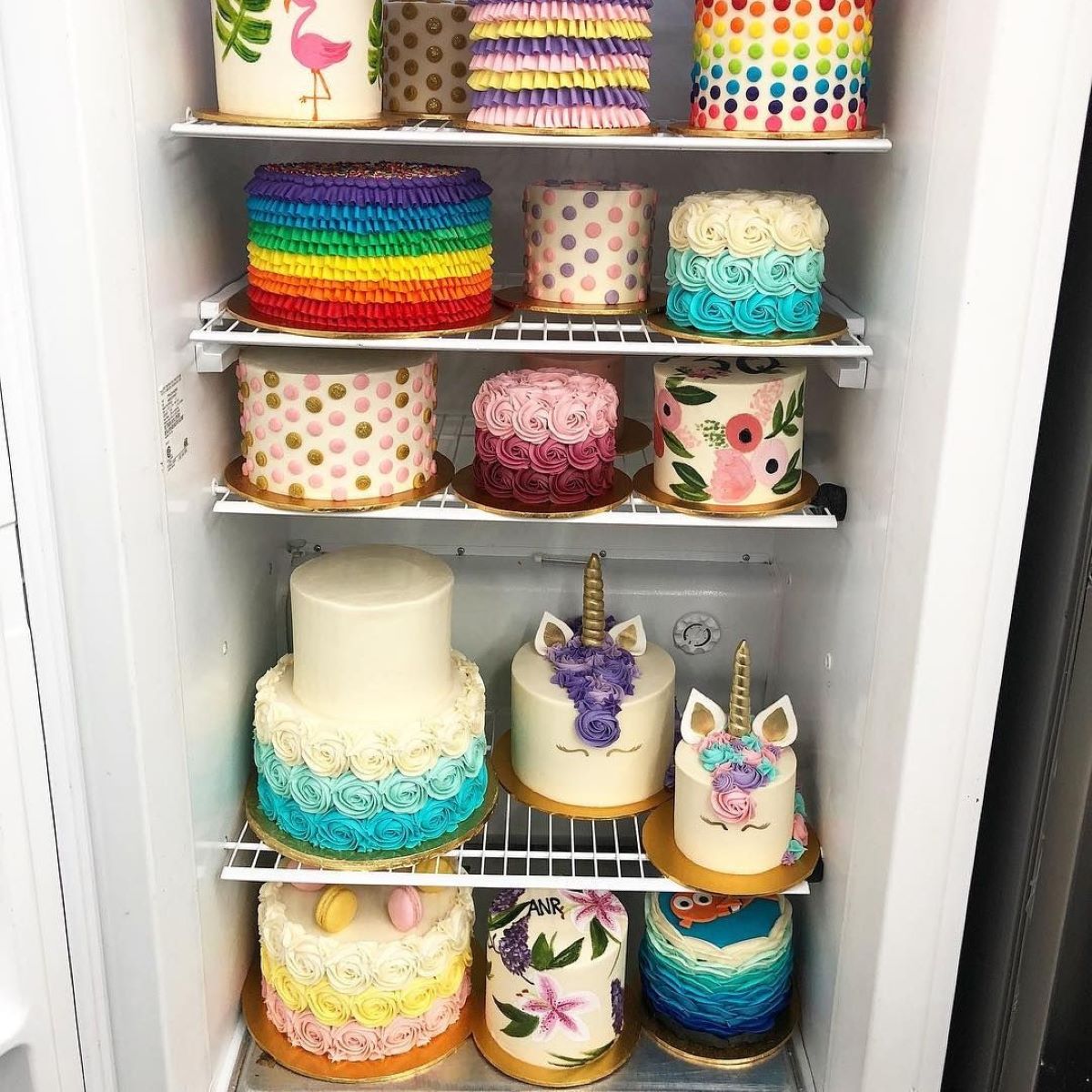
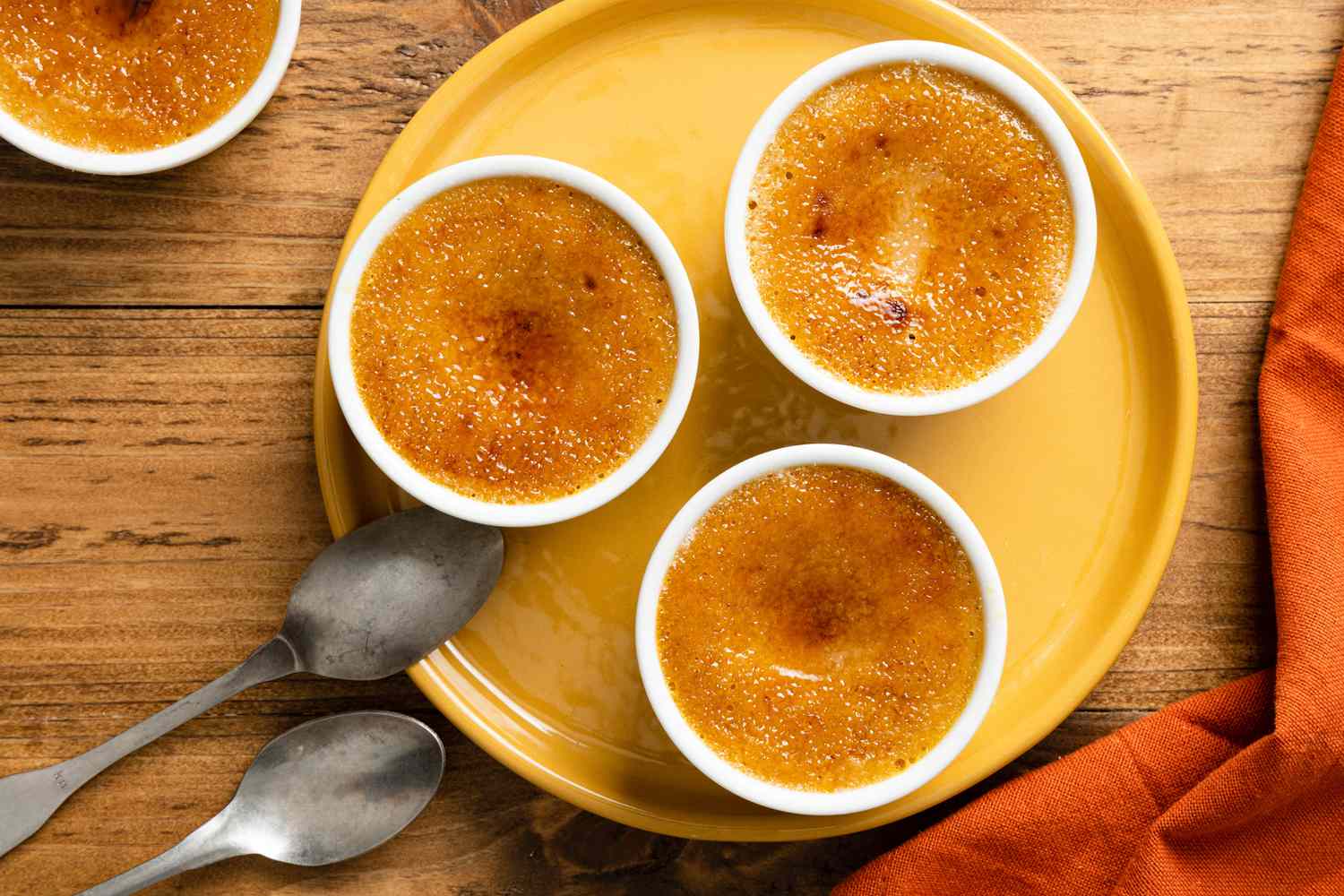
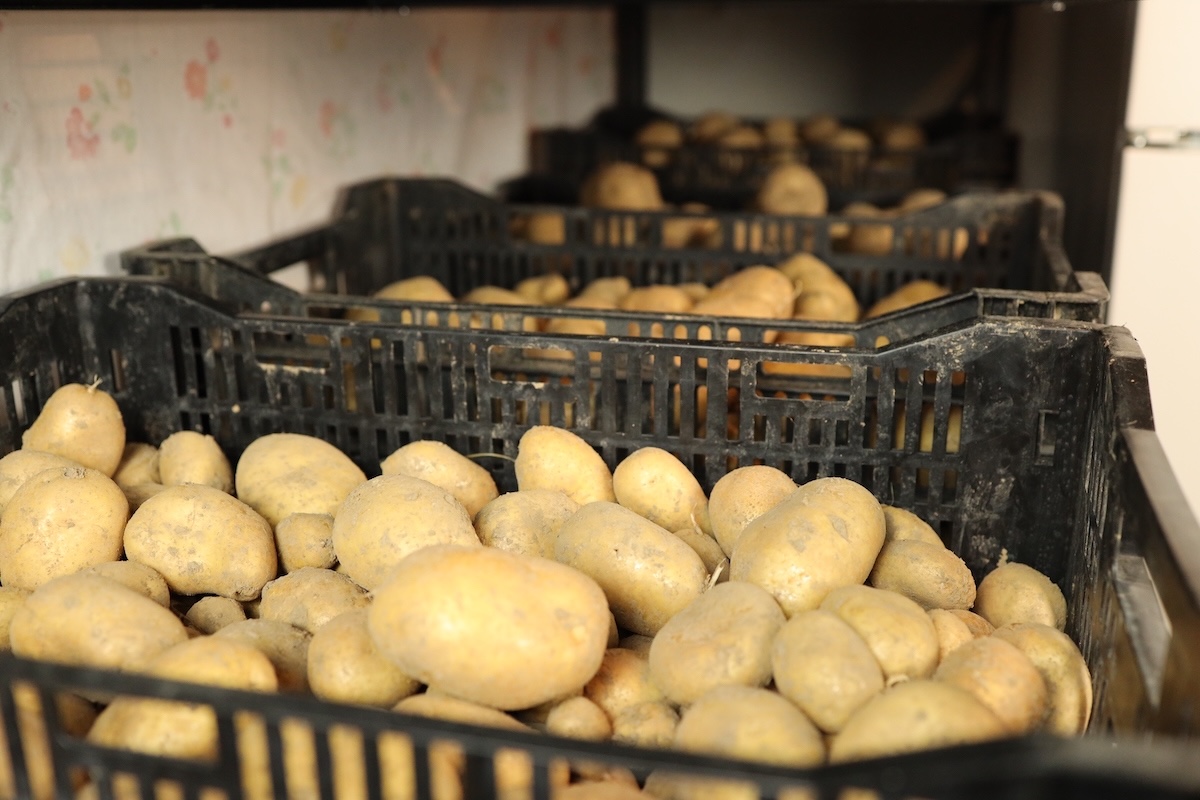
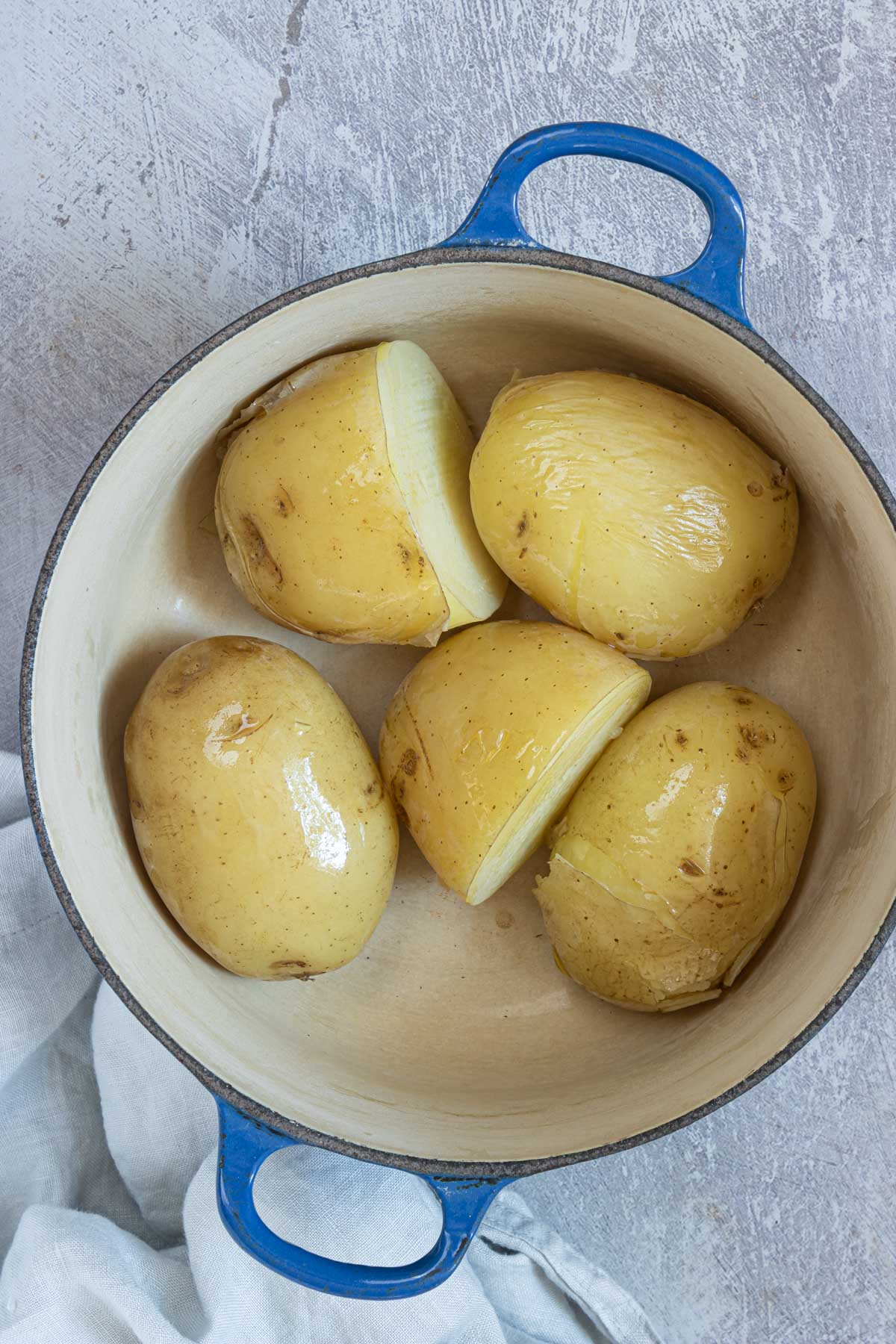

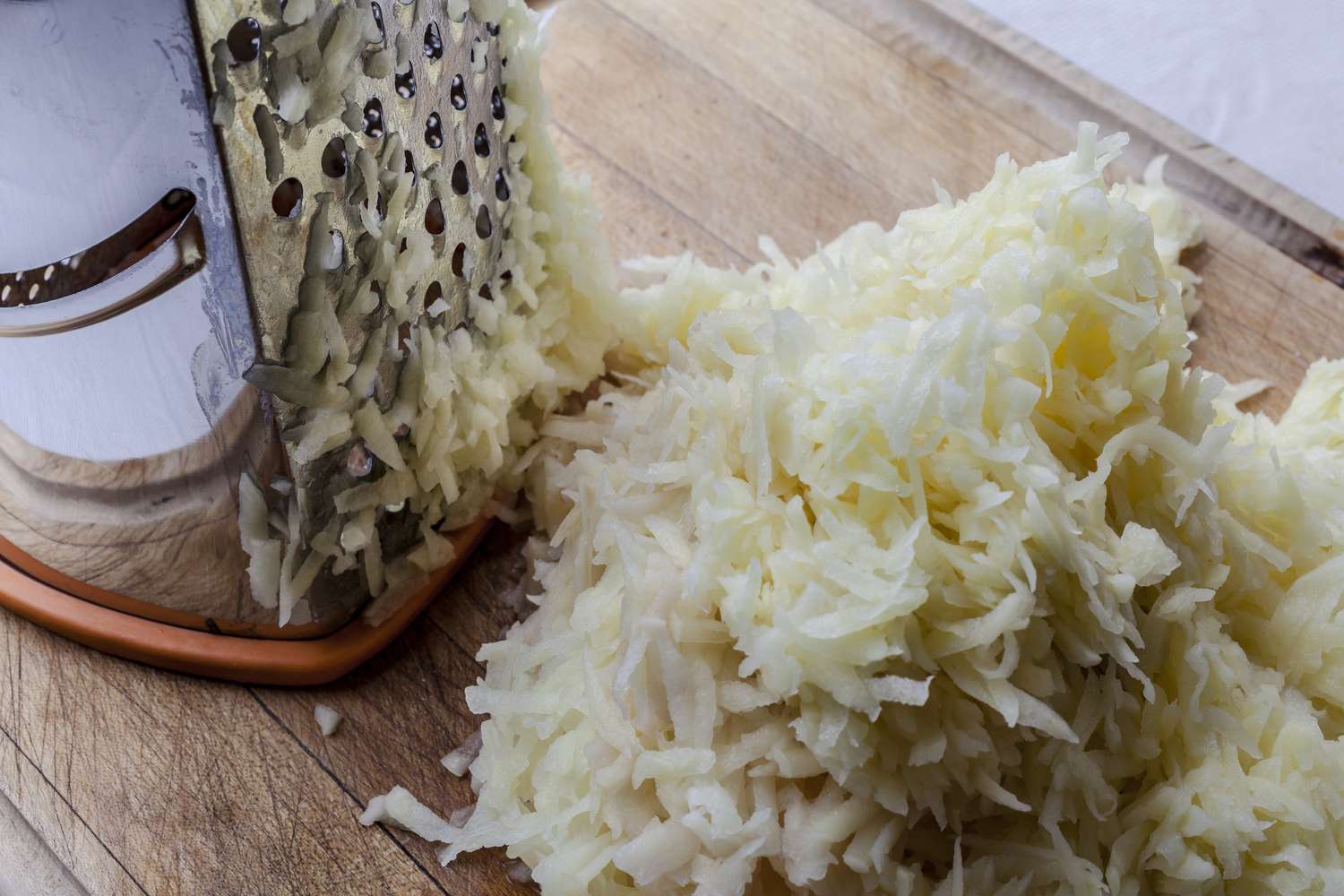


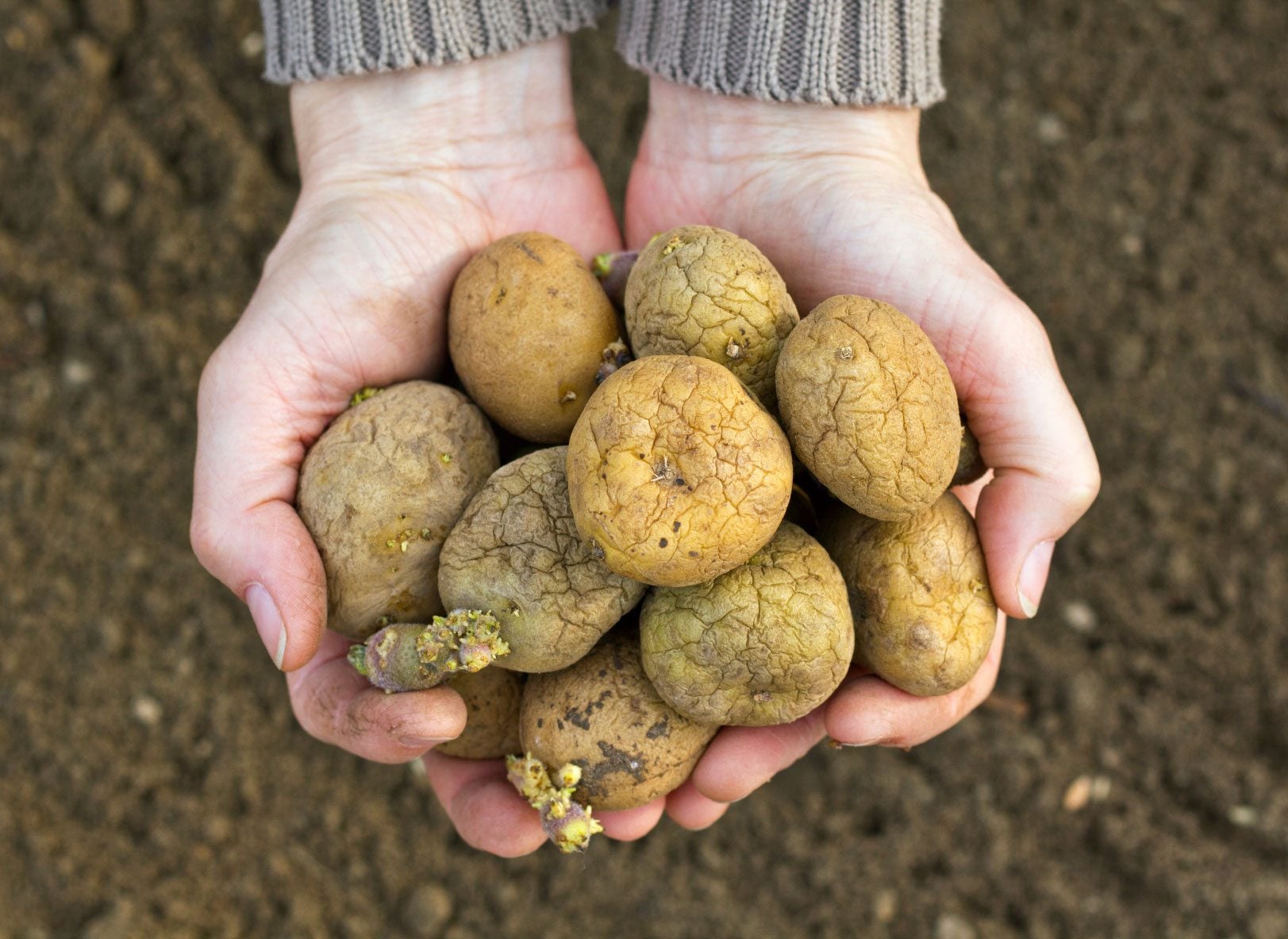

0 thoughts on “How To Store Sweet Potatoes In Fridge”